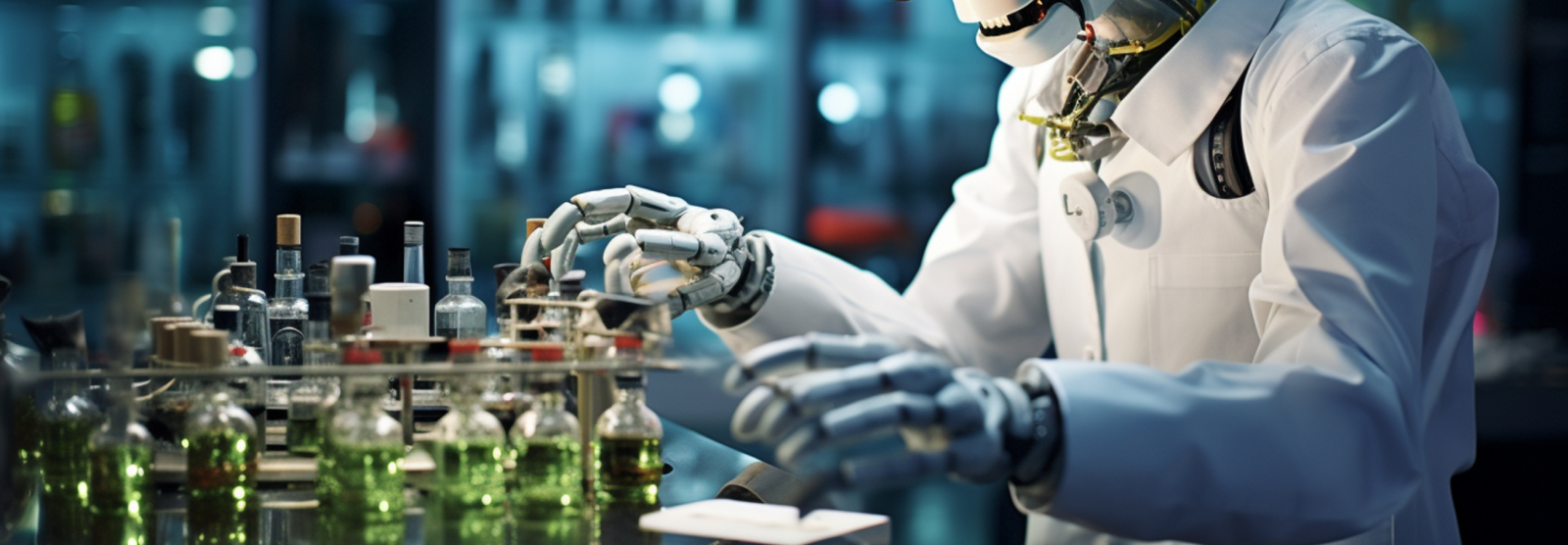Predictive Analytics for Chemical Equipment Failure Prevention

AI-Driven Maintenance for Reactors, Pumps, and Critical Assets
Executive Summary
Unplanned downtime in chemical plants costs the industry $20B annually, with reactor failures alone causing 37% of major incidents. Predictive analytics powered by AI and IoT is transforming maintenance strategies—reducing equipment failures by 50-70% while cutting maintenance costs by 25-40%. This whitepaper demonstrates how leading chemical firms (BASF, Dow, LyondellBasell) use machine learning to forecast failures 7-30 days in advance, optimizing spare parts inventory and preventing catastrophic outages. With IIoT sensor data and digital twins, plants achieve 90%+ accuracy in predicting corrosion, seal failures, and catalyst degradation, turning reactive firefighting into proactive asset management.
Key Challenges in Chemical Equipment Maintenance
- High-Risk Failures: Reactor leaks/pump failures cause 60% of chemical plant accidents
- Data Complexity: 100+ sensor types (vibration, temp, pressure) with noisy signals
- Corrosion Uncertainty: Material degradation rates vary with process conditions
- False Alarms: Traditional threshold alerts miss 40% of real failures
- Legacy Systems: 70% of plants still use time-based maintenance schedules
AI-Powered Predictive Analytics Solutions
- Digital Twin Simulations
- Physics-based models + ML predict stress points in reactors/piping
- Multimodal Sensor Fusion
- Combines vibration, thermal, and acoustic data for early failure signatures
- Corrosion Rate Forecasting
- AI analyzes process chemistry logs to predict material thinning
- Root Cause AI
- Diagnoses failure patterns across equipment classes (e.g., “Seal failure due to slurry abrasion”)
- Prescriptive Maintenance
- Recommends optimal repair timing/spare parts orders
Outcomes & ROI
✔ 50-70% reduction in unplanned downtime
✔ 25-40% lower maintenance costs vs. preventive schedules
✔ 90%+ accuracy in 7-day failure predictions (BASF case study)
✔ 30% longer equipment lifespan through optimized interventions
Future Technologies
- Quantum Sensors: Atomic-level material fatigue detection
- Autonomous Repair Drones: AI-directed patch welding for hazardous areas
- Generative AI for Scenarios: Simulating 10,000+ failure modes
- Blockchain Maintenance Logs: Tamper-proof equipment history
Industry Insights
- Dow Chemical: Reduced reactor downtime by 68% using vibration AI
- LyondellBasell: Predicts pump failures 14 days early with acoustic analytics
- BASF: Digital twins extended cracker furnace life by 3.5 years
- Startups: Falkonry’s AI cuts false alarms by 80% in chemical plants
Implementation Roadmap
|
Phase |
Key Actions |
|
Sensor Upgrade |
Install IIoT vibration/temp/pH sensors |
|
Data Pipeline |
Integrate ERP, CMMS, and process historians |
|
AI Model Training |
Develop equipment-specific failure algorithms |
|
Pilot Deployment |
Validate on 2-3 critical assets |
|
Plant-Wide Scale |
Expand to 100% of high-risk equipment |
Conclusion
Predictive analytics shifts chemical maintenance from “fail-and-fix” to “predict-and-prevent”, with ROI proven within 8-14 months. The next evolution—autonomous self-healing plants—will use AI to schedule repairs during natural production pauses. Early adopters gain 5-9% higher OEE while meeting stringent Process Safety Management (PSM) standards.
Next Steps:
- Conduct an equipment criticality assessment
- Start with high-impact assets (reactors, compressors)
- Partner with AI specialists (Siemens, AspenTech, Uptake)
Contact Us:
✉ hi@adda.co.id | 🌐 www.adda.co.id
